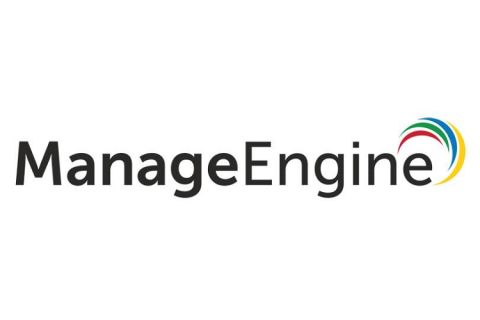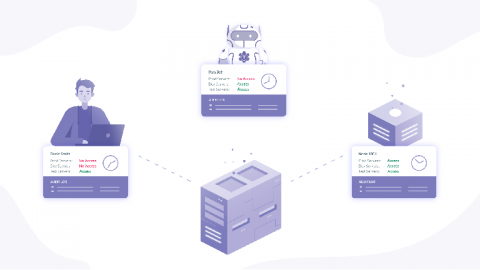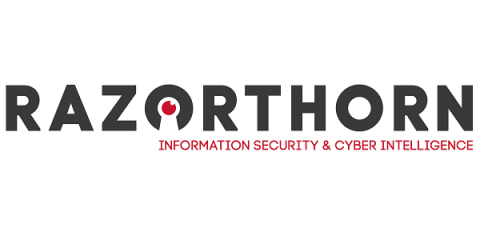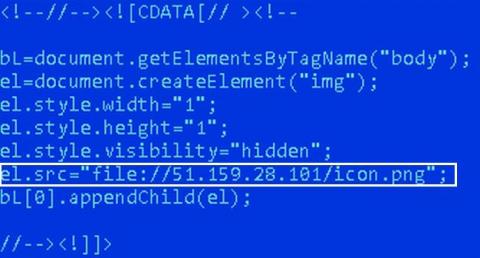Copy and Paste Code: How to Lose Your Job Using Open Source Code
Have you ever wondered whether it’s ok to copy and paste code from an open source project? If you have, you’re not alone. A quick look around several developer websites shows a number of variations on this age-old question. It is never ok to copy and paste code from an open source project directly into your proprietary code. Don’t do it. Just don’t. Even if you’re on a tight deadline. Even if it’s only one loop.










